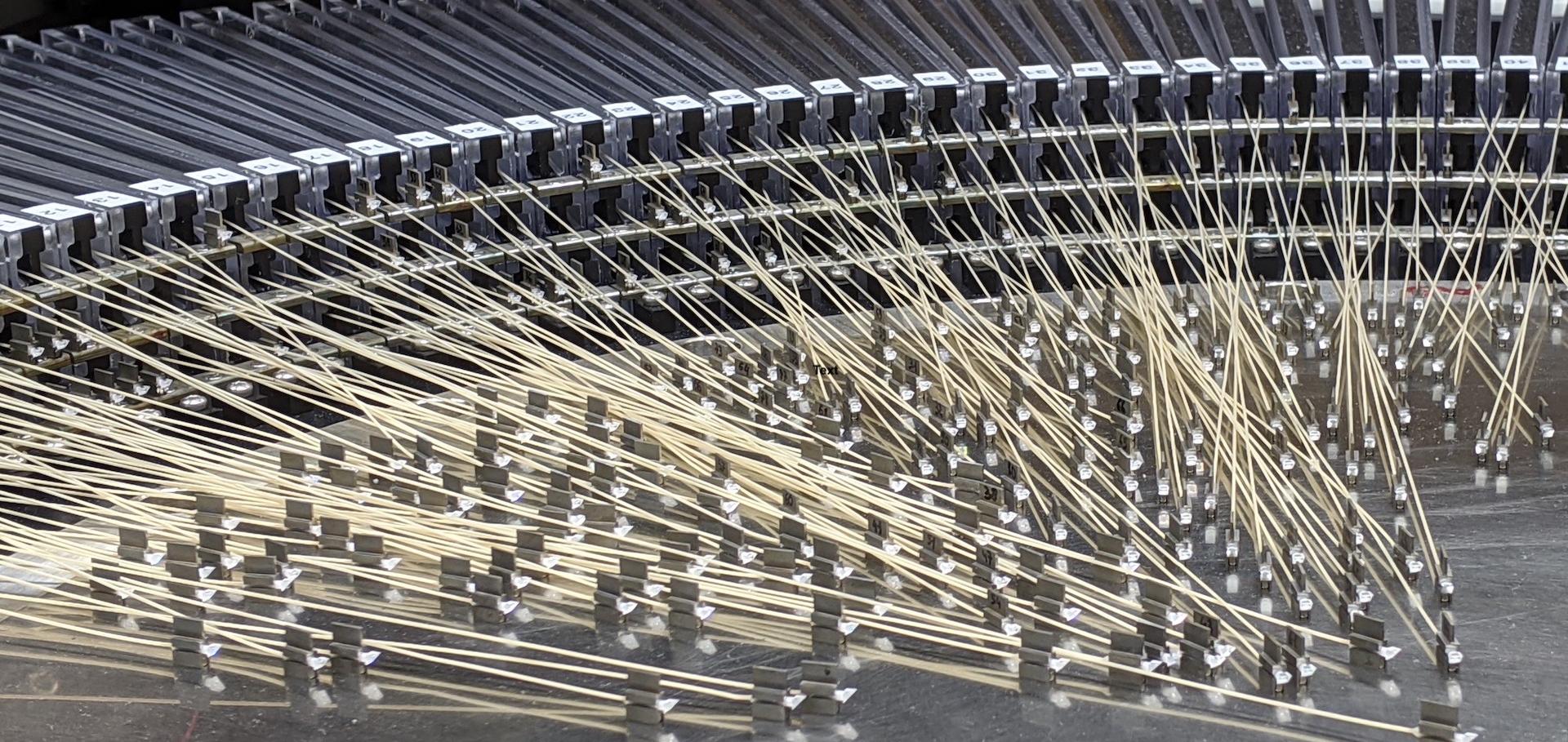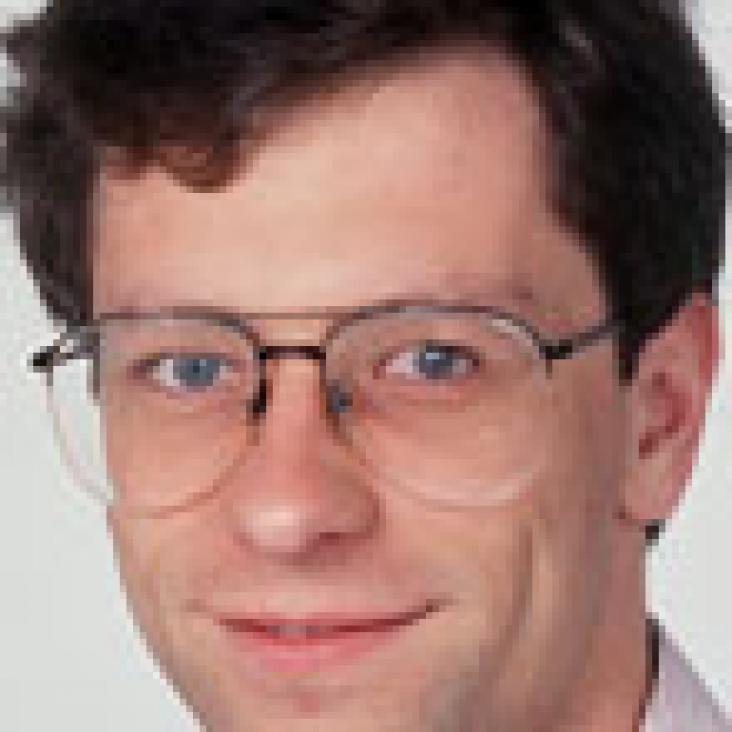Final design and progress of WEAVE: the next generation wide-field spectroscopy facility for the William Herschel Telescope
Proceedings of SPIE Society of Photo-optical Instrumentation Engineers 9908 (2016)
Abstract:
We present the Final Design of the WEAVE next-generation spectroscopy facility for the William Herschel Telescope (WHT), together with a status update on the details of manufacturing, integration and the overall project schedule now that all the major fabrication contracts are in place. We also present a summary of the current planning behind the 5-year initial phase of survey operations. WEAVE will provide optical ground-based follow up of ground-based (LOFAR) and space-based (Gaia) surveys. WEAVE is a multi-object and multi-IFU facility utilizing a new 2-degree prime focus field of view at the WHT, with a buffered pick-and-place positioner system hosting 1000 multi-object (MOS) fibres, 20 integral field units, or a single large IFU for each observation. The fibres are fed to a single (dual-beam) spectrograph, with total of 16k spectral pixels, located within the WHT GHRIL enclosure on the telescope Nasmyth platform, supporting observations at R~5000 over the full 370-1000nm wavelength range in a single exposure, or a high resolution mode with limited coverage in each arm at R~20000. The project is now in the manufacturing and integration phase with first light expected for early of 2018.VIRUS early installation and commissioning
Proceedings of SPIE Society of Photo-optical Instrumentation Engineers 9908 (2016)
Abstract:
VIRUS is a massively replicated spectrograph built for HETDEX, the Hobby Eberly Telescope Dark Energy Experiment. It consists of 156 channels within 78 units fed by 34944 fibers over the 22 arcminute field of the upgraded HET. VIRUS covers a relatively narrow bandpass (350-550nm) at low resolution (R ~ 700) to target the emission of Lyman-alpha emitters (LAEs) for HETDEX. VIRUS is a first demonstration of industrial style assembly line replication in optical astronomy. Installation and testing of VIRUS units began in November of 2015. This winter we celebrated the first on sky instrument activity of the upgraded HET, using a VIRUS unit and LRS2-R (the upgraded facility Low Resolution Spectrograph for the HET). Here we describe progress in VIRUS installation and commissioning through June 2016. We include early sky data obtained to characterize spectrograph performance and on sky performance of the newly upgraded HET. As part of the instrumentation for first science light at the HET, the IFU fed spectrographs were used to test a full range of telescope system functionality including the field calibration unit (FCU).We also use placement of strategic IFUs to map the new HET field to the fiber placement, and demonstrate actuation of the dithering mechanism key to HETDEX observations.Towards integrated modelling: full image simulations for WEAVE
Proceedings of SPIE Society of Photo-optical Instrumentation Engineers 9913 (2016)
Abstract:
We present an integrated end-end simulation of the spectral images that will be obtained by the weave spectrograph, which aims to include full modelling of all effects from the top of the atmosphere to the detector. These data are based in input spectra from a combination of library spectra and synthetic models, and will be used to provide inputs for an endend test of the full weave data pipeline and archive systems, prior to 1st light of the instrument.Developing an integrated concept for the E-ELT Multi-Object Spectrograph (MOSAIC): design issues and trade-offs
Proceedings of SPIE Society of Photo-optical Instrumentation Engineers 9908 (2016)
Abstract:
We present a discussion of the design issues and trade-offs that have been considered in putting together a new concept for MOSAIC, the multi-object spectrograph for the E-ELT. MOSAIC aims to address the combined science cases for E-ELT MOS that arose from the earlier studies of the multi-object and multi-adaptive optics instruments. MOSAIC combines the advantages of a highly-multiplexed instrument targeting single-point objects with one which has a more modest multiplex but can spatially resolve a source with high resolution (IFU). These will span across two wavebands: visible and near-infrared.Developments in fibre positioning technology for the WEAVE instrument for the William Herschel Telescope
Proceedings of SPIE Society of Photo-optical Instrumentation Engineers ( 9908 (2016)


